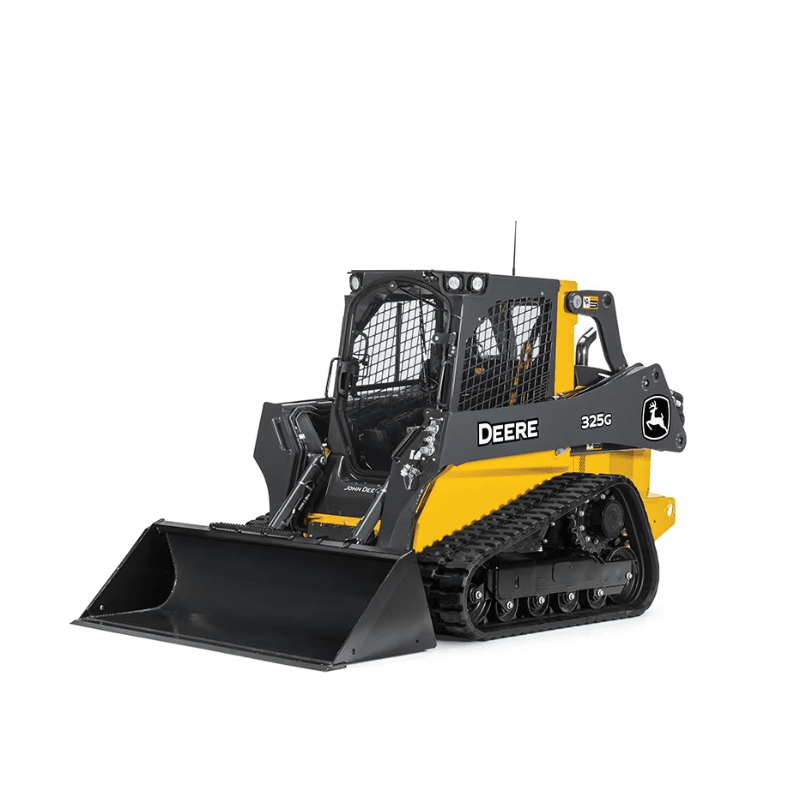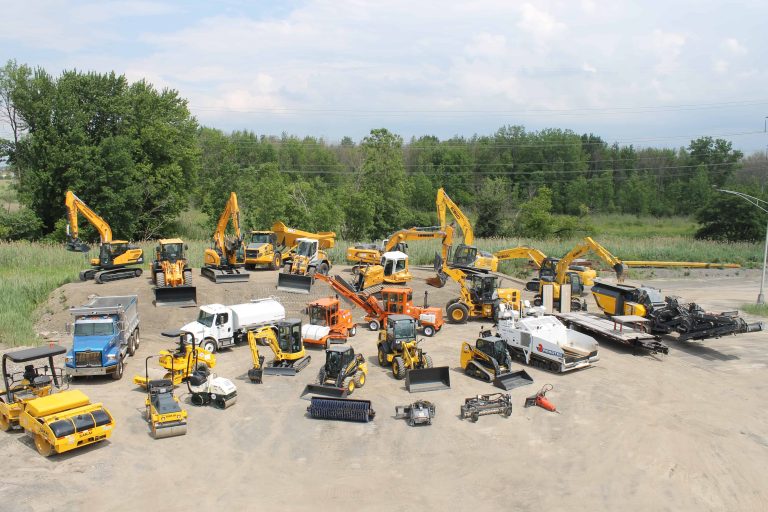Construction Equipment Rentals: Heavy Duty Equipment for Your Tasks
Construction Equipment Rentals: Heavy Duty Equipment for Your Tasks
Blog Article
Optimize Your Spending Plan by Comprehending the Expenses Connected With Building And Construction Tools Services
Comprehending the full extent of expenses connected with construction tools leasings is important for maximizing your spending plan. While the preliminary rental fee might seem straightforward, countless extra costs-- such as transport, fuel additional charges, and maintenance-- can quickly gather, affecting your monetary preparation. Additionally, understanding various costs and the ins and outs of rental arrangements can aid avoid unexpected economic concerns. What techniques can be used to efficiently manage these expenses and ensure a much more efficient rental experience?
Overview of Rental Expenses
When considering building and construction devices leasings, recognizing the associated expenses is vital for effective budgeting and project preparation. Rental expenses can differ dramatically based on numerous elements, consisting of equipment kind, duration of service, and place. The first rental fee usually shows the tools's market need and its linked operational capacities, influencing the general expenditure.
Along with the base rental price, ancillary expenses might arise, such as transport costs, fuel additional charges, and upkeep charges. It is necessary to account for these extra costs to properly assess the complete cost of leasing tools. Furthermore, the rental period can influence pricing; longer rentals might get approved for reduced rates, while temporary services might incur higher day-to-day costs.

Failure of Rental Prices
A thorough understanding of rental prices is crucial for specialists and job managers aiming to optimize their budgets. Rental prices for building tools commonly contain a number of elements, including base prices, time-based fees, and usage fees.
Base rates are the core fees linked with the rental of the equipment, often determined by the kind and dimension of the machinery. These prices can vary significantly, influenced by elements such as equipment need, accessibility, and regional market fads. Time-based fees, which may be daily, weekly, or monthly, serve to accommodate various project timelines and rental periods.
Furthermore, rental prices may include use fees, which apply when tools is used beyond a specified limit, guaranteeing that the rental firm can represent wear and tear. Seasonal need variations can also influence rental rates, with peak building and construction periods generally regulating greater prices.
Additionally, understanding the rental firm's policies relating to maintenance and insurance policy can offer more insight right into the total price framework. By evaluating these parts, professionals can make enlightened decisions, making sure the choice of rental tools lines up with both task demands and spending plan restrictions.
Additional Charges to Think About
Recognizing the details of extra fees is essential for specialists to handle their total service expenditures successfully. Past the standard rental rates, various supplemental fees can significantly affect the overall expense of devices leasing. These charges typically consist of distribution and pick-up fees, which can differ based on distance and logistics associated with transporting the equipment to and from the job site.
Moreover, some rental firms might enforce fuel surcharges if the equipment is returned with much less gas than when rented out. It is additionally essential to understand possible cleansing charges, especially for customized devices that requires comprehensive maintenance after usage.

Thoroughly evaluating the rental agreement and making clear these extra fees ahead of time can aid service providers stay clear of unforeseen prices and make sure that spending plans stay undamaged throughout the job lifecycle.
Repair And Maintenance Expenses
Normal repair and maintenance expenses are often ignored factors that can dramatically affect the total expense of building and construction devices services. When renting tools, it is important to take into consideration not only the rental costs but likewise the possible expenses linked with keeping the equipment in optimum operating condition.
Lots of rental firms include standard upkeep as part of the rental agreement; nevertheless, heavy equipment leasing companies more unexpected malfunctions or extensive repair work can bring about additional costs. It's vital to review the rental contract thoroughly to recognize what maintenance services are covered and what obligations fall on the tenant.
In addition, tools that is not well-maintained see this website can cause ineffectiveness on the work website, possibly creating hold-ups and boosting task prices. To minimize these threats, it is advisable to conduct regular inspections and maintain open communication with the rental service provider concerning any type of problems that occur during use.
Insurance and Liability Prices
Insurance policy and responsibility prices are essential parts that can substantially affect the general expenditure of construction tools services (construction equipment rentals). These costs make sure that both the rental company and the client are shielded from prospective financial losses arising from accidents, damage, or burglary during the rental duration

Furthermore, customers ought to know any type of deductibles or exemptions in the insurance coverage, as these can affect possible out-of-pocket expenses. Comprehending the conditions of any type of insurance policy protection is vital to prevent unforeseen prices. Ultimately, budgeting for insurance policy and responsibility expenses can aid ensure a smoother rental experience and secure versus financial risks related to building jobs.
Verdict
In conclusion, an extensive understanding of the costs associated with building tools rentals is essential for reliable budget plan monitoring. Eventually, educated decision-making more info here pertaining to tools leasings contributes to the overall success of construction endeavors.
Rental prices can vary substantially based on a number of factors, consisting of devices type, duration of rental, and location (forklift rental). The rental duration can influence rates; longer services might certify for discounted prices, while short-term services could incur greater everyday charges
By carrying out detailed research and engaging with trusted rental firms, professionals can effectively navigate the intricacies of rental prices, eventually maximizing their economic sources.
Past the typical rental prices, numerous additional charges can substantially affect the overall price of devices rental. Rental business commonly give obligation insurance policy that covers injuries to third parties or damages to property, while tools damage insurance coverage can cover the price of fixings or substitute if the leased equipment is damaged.
Report this page